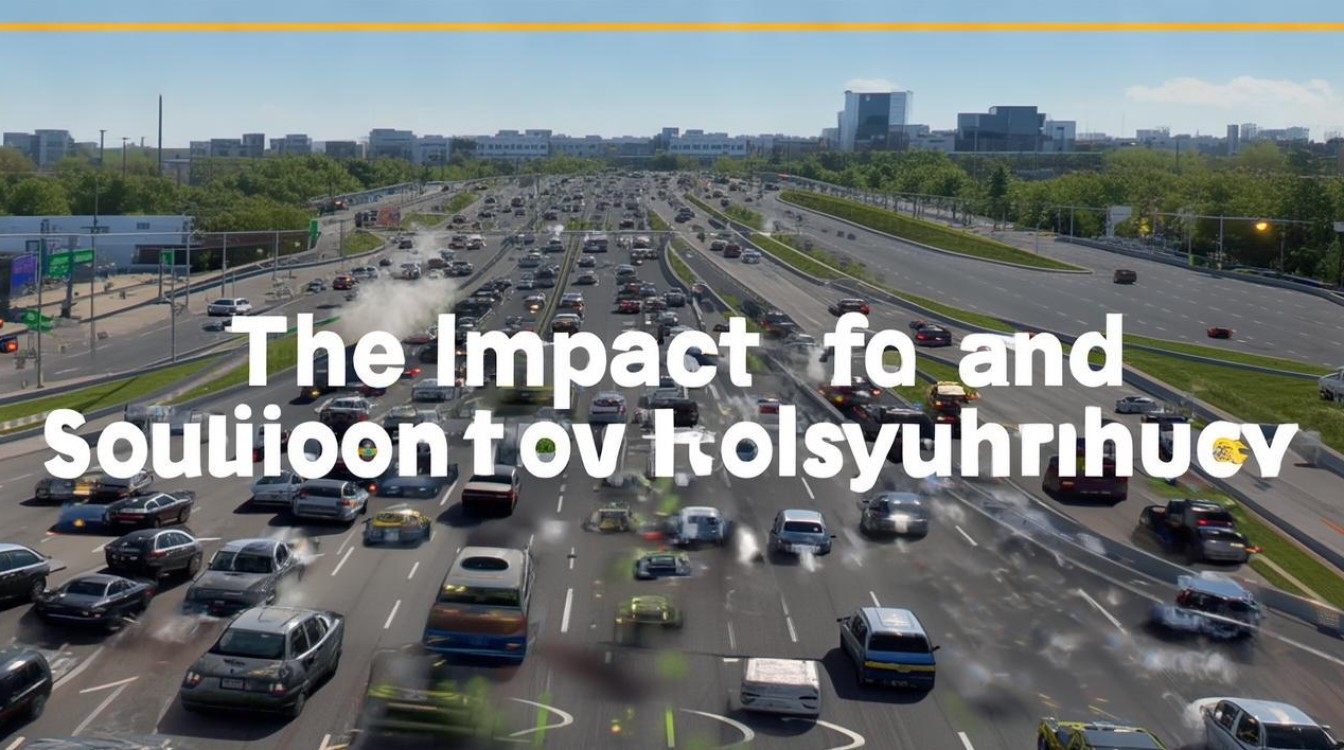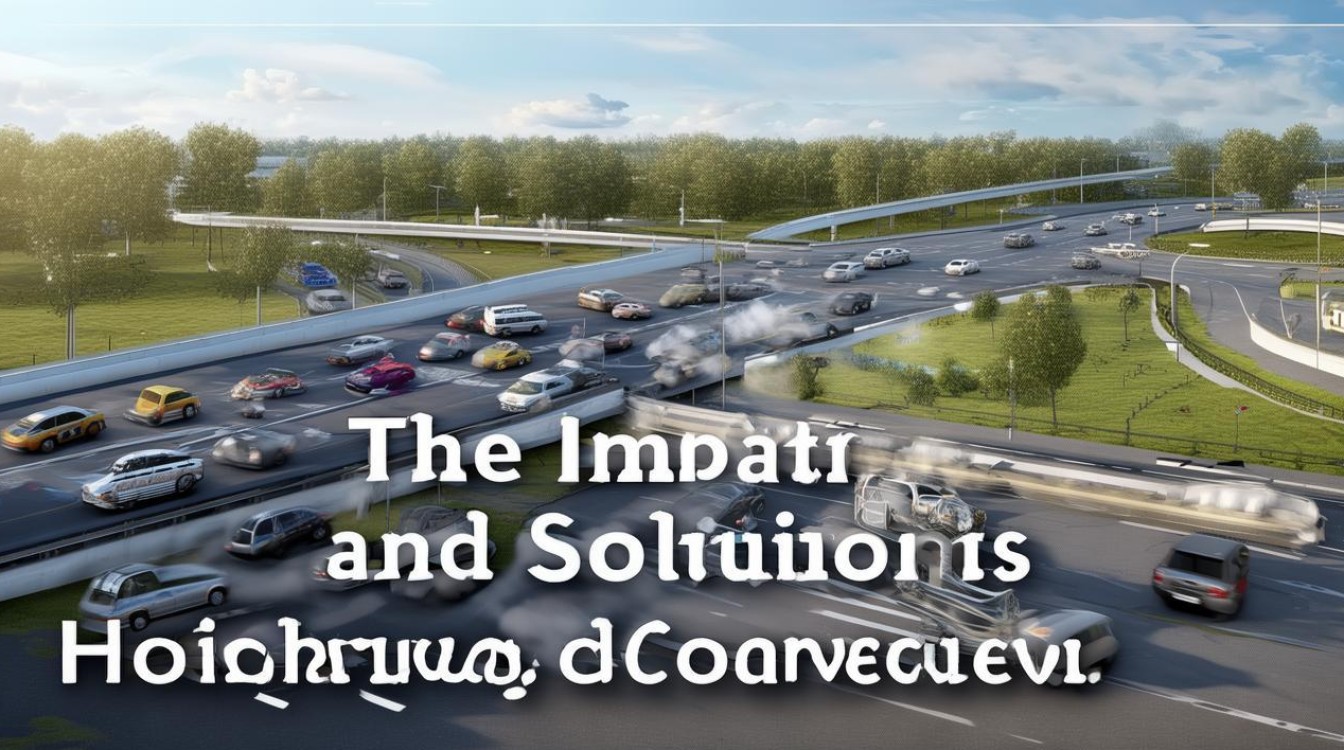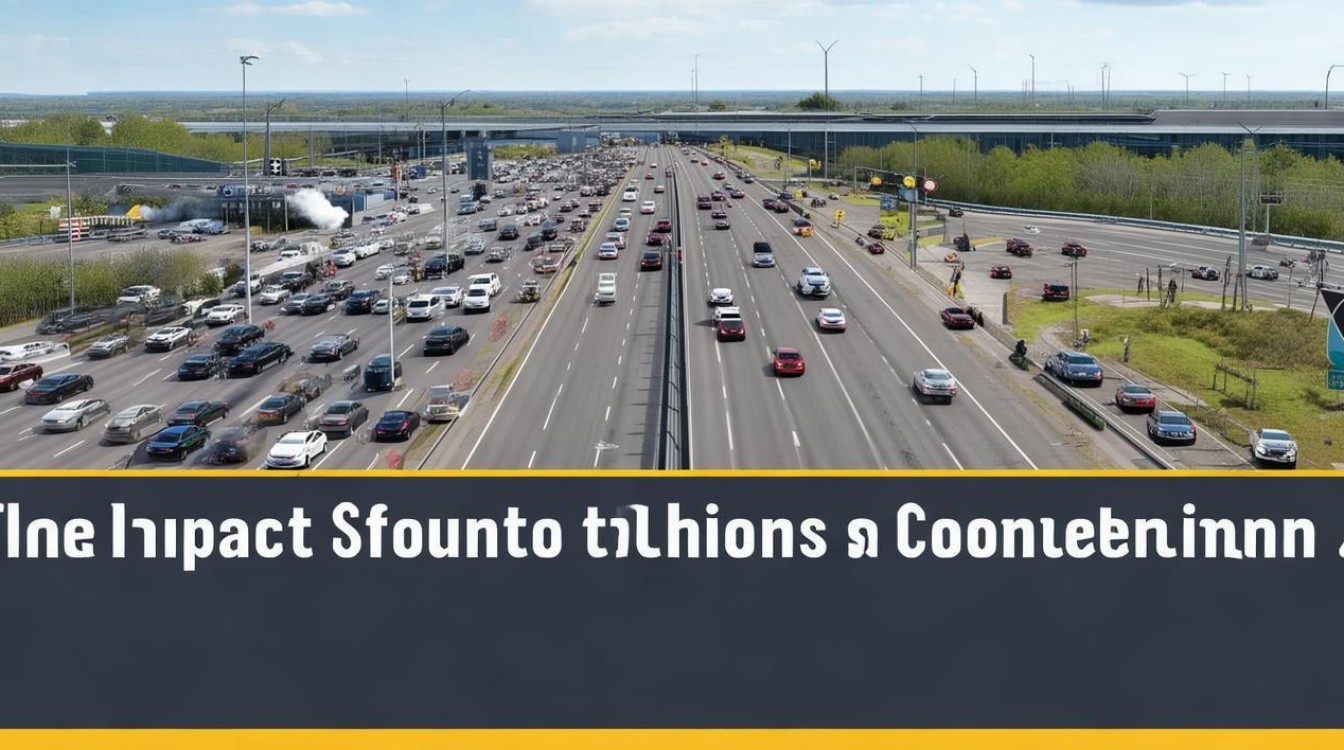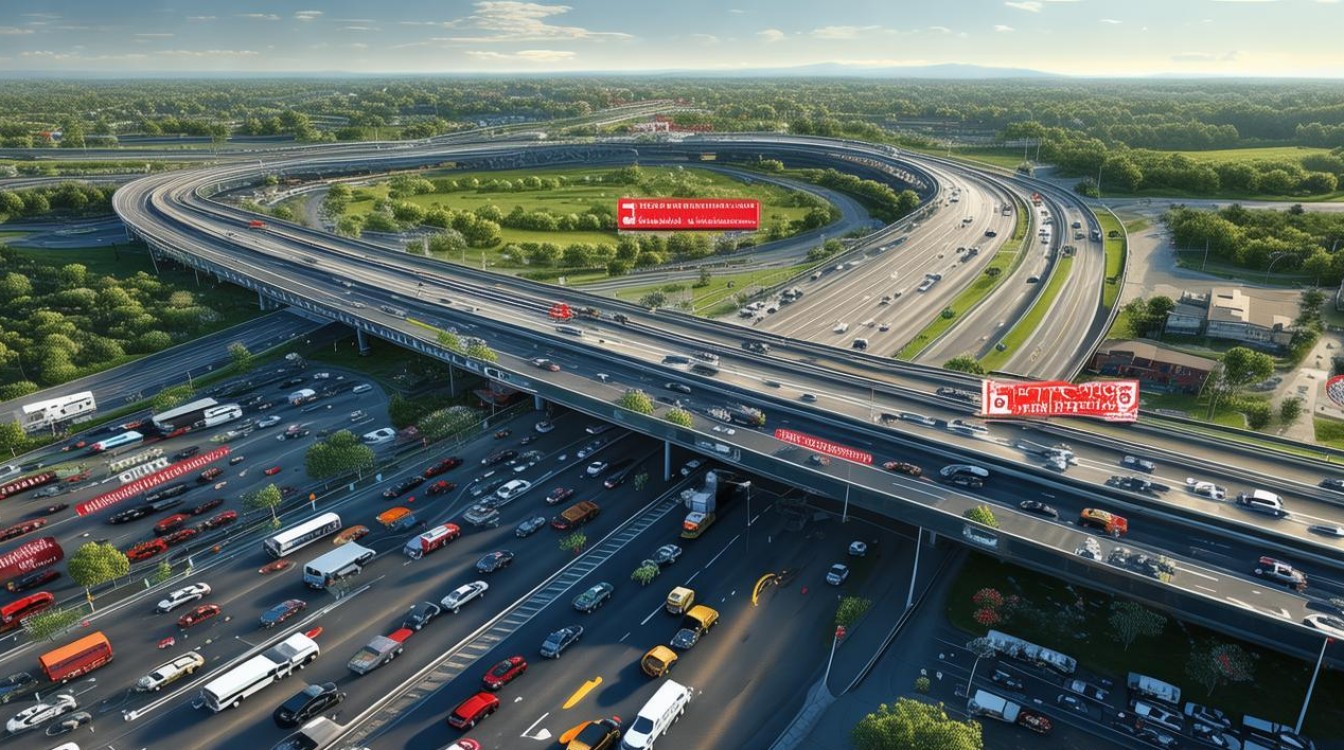Highway congestion is a growing concern in modern society, affecting millions of commuters and businesses daily. As urban populations expand and vehicle ownership rises, traffic jams have become an inevitable part of life. Understanding the causes, consequences, and potential solutions is essential for improving transportation efficiency and quality of life.

Causes of Highway Congestion
Several factors contribute to highway congestion. The primary reason is the rapid increase in vehicle numbers. With more cars on the road, especially during peak hours, traffic flow slows significantly. Poor infrastructure also plays a role—many highways were designed decades ago and cannot handle today’s traffic volume.
Accidents and breakdowns further worsen congestion. A single stalled vehicle can create a ripple effect, delaying hundreds of others. Construction and maintenance work, though necessary, often reduce available lanes, leading to bottlenecks. Additionally, inefficient traffic management systems fail to optimize signal timings or provide real-time updates to drivers.
Economic and Environmental Consequences
Traffic jams have severe economic implications. Delays increase fuel consumption and transportation costs, impacting businesses that rely on timely deliveries. Employees stuck in traffic lose productive hours, reducing overall workforce efficiency. Studies estimate that congestion costs economies billions annually in lost time and fuel.

Environmentally, idling vehicles emit excessive greenhouse gases, worsening air pollution. Stop-and-go traffic increases fuel wastage, contributing to climate change. Prolonged exposure to exhaust fumes also poses health risks, particularly in densely populated areas.
Technological and Infrastructure Solutions
Improving highway infrastructure is a long-term solution. Expanding lanes, building bypass routes, and upgrading aging roads can enhance traffic flow. Smart highways equipped with sensors and adaptive lighting systems can dynamically adjust to traffic conditions, reducing bottlenecks.
Intelligent transportation systems (ITS) leverage AI and real-time data to optimize traffic signals and reroute vehicles during congestion. Apps like Google Maps and Waze already help drivers avoid jams by suggesting alternative routes. Governments should invest in such technologies to improve overall efficiency.

Public transportation upgrades can reduce reliance on private vehicles. Expanding metro networks, increasing bus frequencies, and promoting carpooling initiatives encourage people to leave their cars at home. Dedicated bus lanes and express services ensure faster commutes, making public transit more appealing.
Policy and Behavioral Changes
Strict enforcement of traffic rules minimizes accidents and keeps highways flowing smoothly. Penalizing reckless driving and improving roadside assistance for breakdowns can prevent unnecessary delays. Congestion pricing—charging fees for driving in peak hours—has proven effective in cities like London and Singapore, discouraging unnecessary trips.
Encouraging flexible work hours or remote work policies can distribute traffic more evenly throughout the day. Employers adopting hybrid models reduce rush-hour pressure, benefiting both employees and the transportation system.

Personal Perspective
Highway congestion is a complex issue requiring multi-faceted solutions. While infrastructure upgrades and technology play crucial roles, individual choices matter equally. Opting for public transport, carpooling, or off-peak travel can collectively ease traffic burdens. Governments, businesses, and citizens must collaborate to create sustainable transportation networks. Investing in smarter systems and greener alternatives will not only reduce congestion but also enhance urban living standards for future generations.
The road to smoother highways begins with awareness and action. By addressing root causes and embracing innovation, society can move toward a future where traffic jams are the exception, not the norm.

